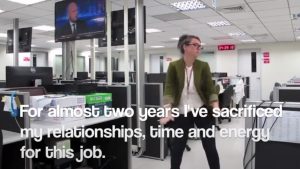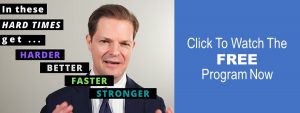Just a quick note.
An entrepreneur I met told me that he had the goal to read Think and Grow Rich 100 times in the next year.
Now, that’s my favorite book, and I certainly recommend everyone read it over and over again, but I also suggest that you do much more than just read it.
In school you might be well rewarded for being able to regurgitate what someone else thinks, but in life, it’s not what you think that matters.

